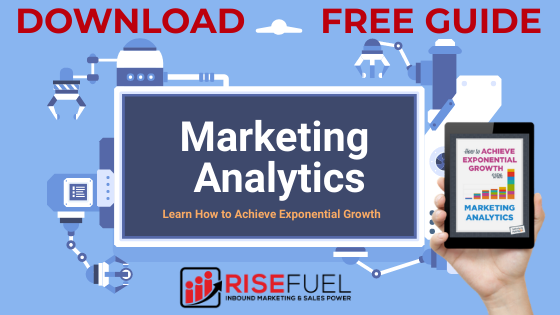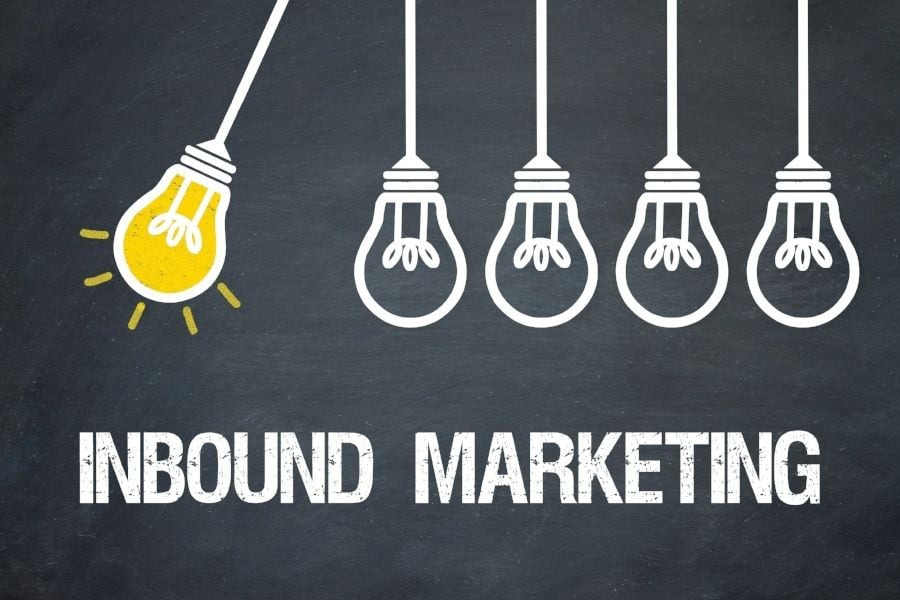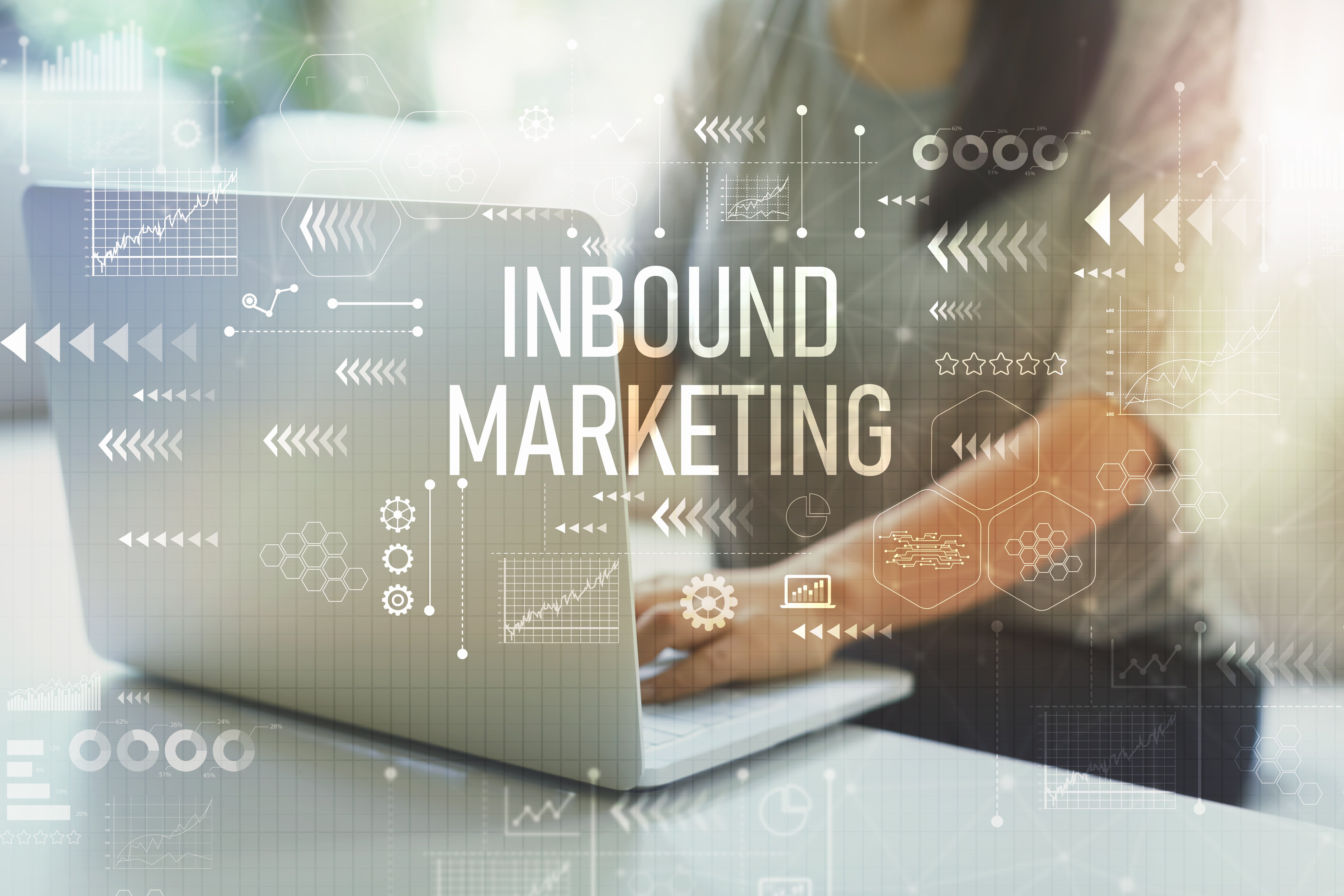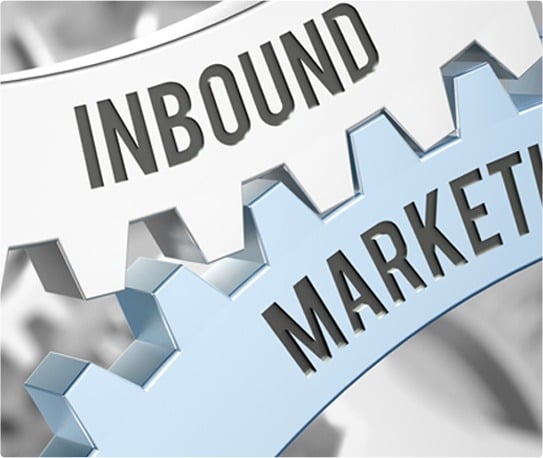
In 2017, marketing data abounds. Digital advertising, analytics, and reporting platforms are spitting out more tangible information about the successes and failures of your efforts than ever before. Facebook alone stores 30+ petabytes of data.
For the record, that's about 30,0000 terabytes, or 30,000,000 gigabytes. Quite a few numbers.
In theory, that amount of data is a godsend to savvy marketers who operate in the tech industry. With more user information available than ever before, efforts to effectively reach and engage target audiences should become more effective at similar rates.
Unfortunately, much of the data collected today is unstructured, meaning that there is little evidence to be gleaned in a jungle full of unrelated numbers and statistics. So where some marketers see opportunity, most see significant challenges.
Fortunately, there is a way out. As a tech company, you should be able to take positive steps as a result of the data you collect about your audience.
If you know where to start, you can not just improve your reporting and analytics capabilities, but actually use your findings to adjust your marketing strategy and tactics in real time.
Here are 4 ways that allow you to overcome your analytics challenges, and leverage tangible insights into actual marketing improvements.
1) Limit Your Data Intake
It might seem counter intuitive, but the first step to success is actually limiting the amount of data you're analyzing.
Rather than getting overloaded with information that matters little to your business, focus on only the data that you can actually use to improve your marketing.
For instance, you might want to limit the data you track and analyze only to your core audience.
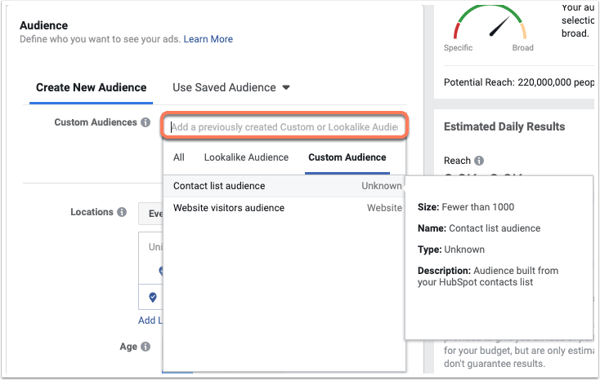
If you sell an SaaS solution in a B2B environment, consumer preference may not be as relevant as it would be for an app developer who needs to promote their new game in the Apple and Google Play stores.
An eCommerce merchant can focus less on geographic location and more on other data insights.
Limiting data intake, of course, only makes sense if you know exactly what information will actually be valuable to promote your company.
In inbound marketing, that analysis should begin with data related to your audience, as well as information related to conversion optimization.
2) Prioritize Marketing Data Analytics for Marketing Goals
Within the data you choose to analyze, prioritize your most important insights. In analyzing the audience for your B2B SaaS solution, you might find that consumer data is actually relevant in your audience's buying journey.
However, it's probably less relevant than the information you can gather directly connected to your audience's buying decision.
Both can be useful the information, but might deserve different prioritization.
The best way to prioritize your data intake is to connect it closely to your marketing goals. Who exactly are you trying to reach, and what actions do you want them to take?
Answering these questions tends to give you a good idea of exactly what types of data (when analyzed) can help you improve your marketing.
3) Engage in Automated A/B Testing
Both of the above techniques are true, regardless whether you are looking for real-time or historic marketing improvements. For more immediate changes and improvement, it makes sense to take a closer look at A/B testing possibilities.
The concept, in effect, is simple: run two slightly versions of the same message to separate segments of your audience, and see which performs better. The 'winner' gives you insight into audience preferences, and improves your marketing efforts over time.
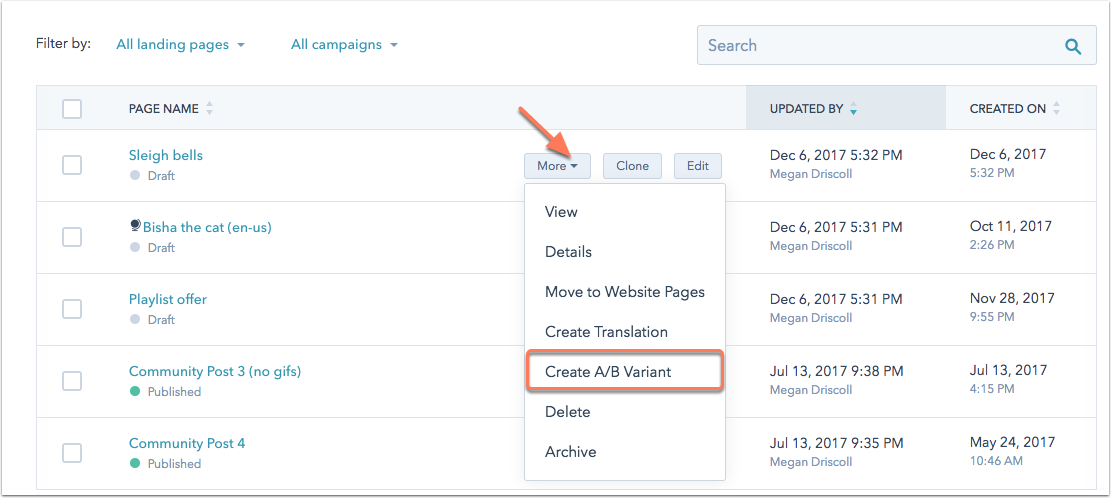
When automating the process, these same effects can be felt in real-time. HubSpot is leading the way in allowing automated online testing, which shows the 'winner' of a message experiment to the majority of your audience after the experiments used only small segments of it.
Within seconds, you can leverage data insights to improve your marketing tactics without needing any type of manual input.
4) Automate Your Personalized Marketing
Similar to A/B testing, you can also benefit from a more automated version of your personalized marketing techniques. Especially in inbound marketing, personalization has become increasingly important in the recent past.
Within your lead nurturing efforts, it tends to result in significantly better marketing results.
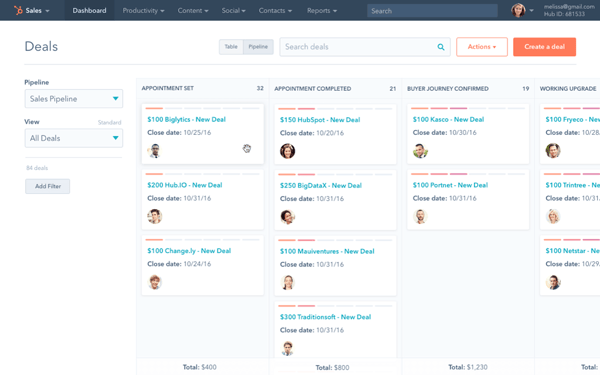
With the right CRM, you can dynamically insert this type of personalization in real-time; as your sales team gets additional information about a prospect, they can plug in the information that adjusts an email already scheduled to go out.
Solutions like HubSpot are beginning to take the same concepts beyond email marketing.
Smart content, for instance, helps organizations personalize their web pages to individual visitors according to information previously gained about them.
The real-time process of leveraging your audience data becomes automated, increasing your inbound marketing effectiveness.
Of course, these examples are just a sampling of steps your company can take to more effectively leverage the data you already collect about your audience.
Together, they can help you dig out of the data jungle to make real-time improvements to your marketing strategy and individual tactics.
To get to that point, you might need an external partner. Our experience in working with HubSpot's personalization opportunities, and data-based marketing in general, might be the perfect fit for your needs.
RiseFuel strongly believes in the value of data-based inbound marketing, especially as it relates to technology companies who operate in an environment of constant and rapid change.
Get in touch to start improving your marketing efforts thanks to real-time adjustments based on strategic data gathering and analytics.
RiseFuel, a digital marketing agency in Charlotte, NC serving clients nationwide as an outsourced marketing solutions company. Contact us, we would love to hear from you, let us know how we can help.



